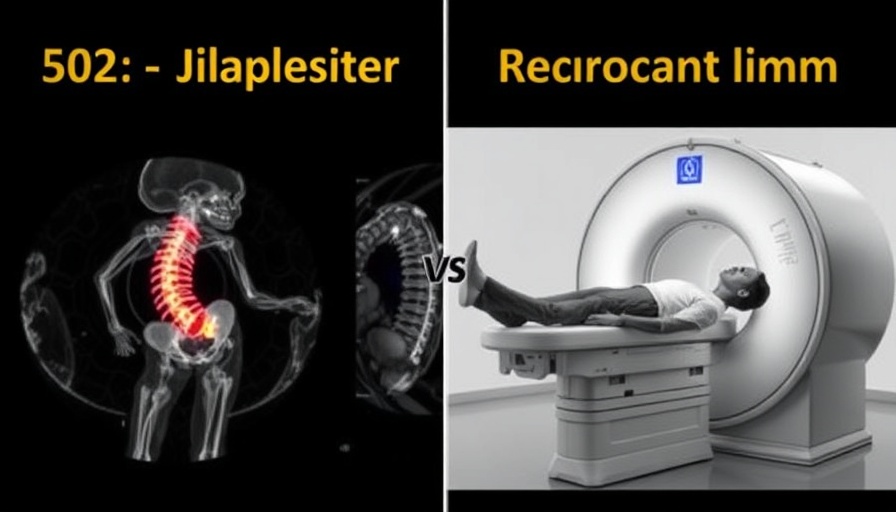
Chiropractic Care: A Game Changer for Older Adults
Recent research published in the Canadian Journal on Aging highlights the transformative effects of chiropractic care among older adults, particularly those aged 45 to 93. The study reveals a substantial 35% reduction in pain post-treatment, irrespective of underlying health challenges. This finding underscored a vital insight: chiropractic therapy could be more than a pain management solution; it might also alleviate the burden on primary healthcare services.
The Benefits of Chiropractic Treatment
The significance of these findings extends beyond individual pain relief. Among the participants, nearly 90% managed to steer clear of primary care visits thanks to chiropractic intervention. This indicates not only an improvement in quality of life but also a potential decrease in healthcare costs for communities already strained under aging populations. The findings suggest chiropractic care should be considered a standard part of elderly health management, especially within underserved communities where access to traditional medical services may be limited.
Addressing Misconceptions Around Chiropractic Care
Despite the promising data, misconceptions about chiropractic care persist. Many still associate it with only back pain relief or hold doubts about its efficacy for an older population, especially those with coexisting health issues. This new study challenges such narratives, demonstrating that chiropractic can provide significant pain relief in a demographic often overlooked in alternative therapies. Elderly individuals suffering from chronic conditions may find a holistic approach through regular chiropractic treatments that work in concert with their existing medical care.
Future Trends: Integrating Chiropractic into Elderly Care
As the population ages, healthcare systems worldwide must adapt to meet the needs of older adults. The rising demand for non-invasive, effective health solutions opens avenues for integrating chiropractic care into mainstream medical practices. Collaborative models combining chiropractic care with conventional medicine could foster more comprehensive treatment strategies, leading to healthier aging and reduced reliance on pharmacological interventions.
Decisions for Healthcare Providers: What This Means
Healthcare providers, including chiropractors, must recognize the potential of chiropractic care as a transformative solution in elderly healthcare. Practitioners should consider partnerships with local health facilities to offer integrated services that benefit older adults. Not only can increased collaboration enhance patient outcomes, but it can also lead to better healthcare delivery systems that cater to the unique needs of an aging demographic.
Conclusion: Embracing Chiropractic Care
Chiropractic care presents an important opportunity for enhancing pain management among older adults. With significant evidence supporting its efficacy, particularly in underserved communities, it is crucial for both healthcare providers and patients to re-evaluate the role of chiropractic in comprehensive elderly care. The time is ripe to embrace these insights and consider how chiropractic might serve as a valuable ally in promoting healthier aging.
 Add Row
Add Row  Add
Add 




Write A Comment